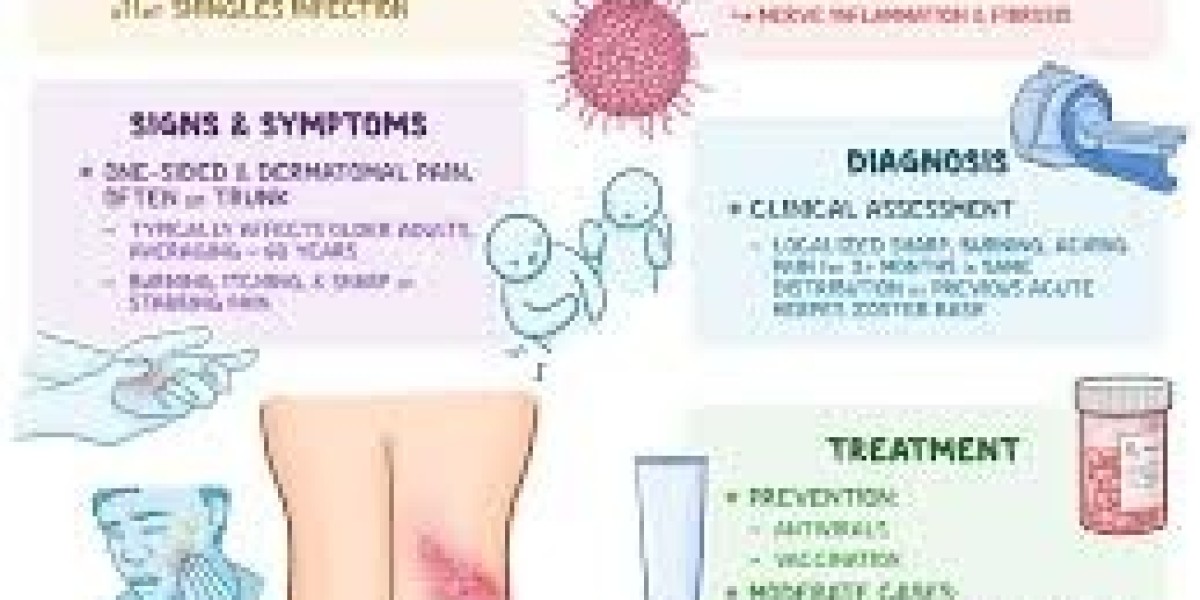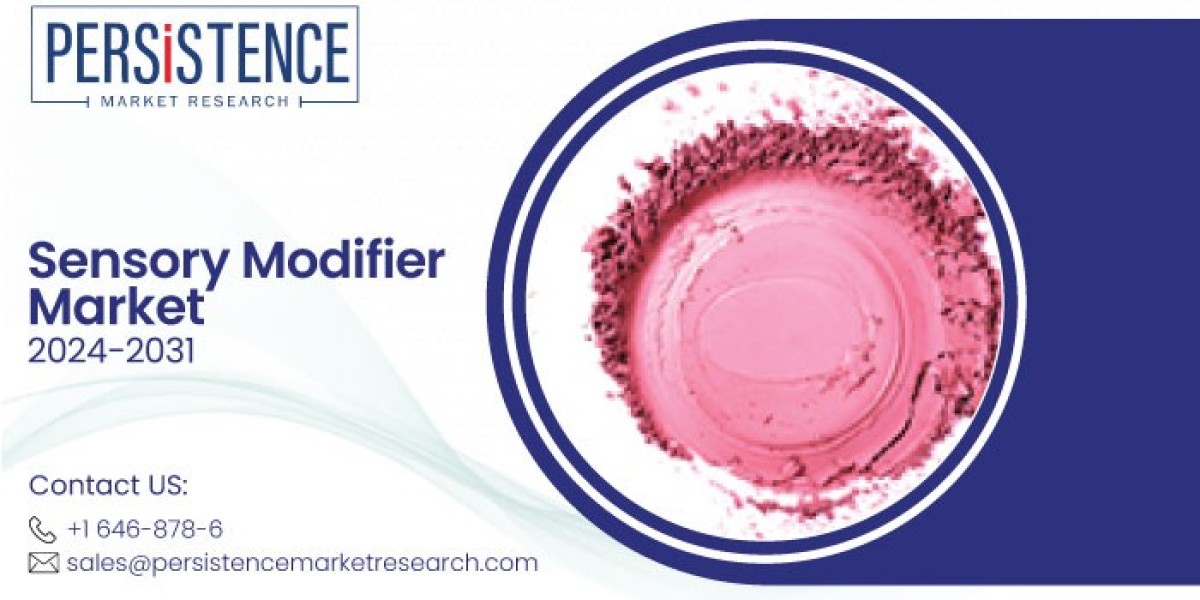Introduction
Shingles, also known as herpes zoster, is a viral infection that causes a painful rash. It is caused by the varicella-zoster virus, the same virus responsible for chickenpox. After a person recovers from chickenpox, the virus remains dormant in the nervous system and can reactivate years later as shingles. This condition is more common in older adults and those with weakened immune systems. Understanding the symptoms, treatments, and preventive measures for shingles is crucial for managing this painful condition effectively.
What Causes a Shingles Infection?
Shingles are caused by the reactivation of the varicella-zoster virus. After a person has chickenpox, the virus lies dormant in the nerve tissues near the spinal cord and brain. Years later, the virus can reactivate, traveling along the nerve pathways to the skin, where it causes the characteristic Shingles rash. The exact reason for the reactivation is not fully understood, but it is often associated with a weakened immune system due to aging, stress, or certain medical conditions.
Symptoms of Shingles Infection
The symptoms of shingles typically occur in stages. Early signs include pain, burning, or tingling in a specific area of the body, usually on one side. This is often followed by the appearance of a red rash a few days later. The rash develops into fluid-filled blisters that eventually crust over and heal within two to four weeks. Other symptoms may include fever, headache, fatigue, and sensitivity to light.
Diagnosing Shingles
Diagnosing shingles usually involves a physical examination and a review of the patient's medical history. The characteristic rash and pain pattern are often enough for a healthcare provider to diagnose shingles. In some cases, a sample of the blister fluid may be taken for laboratory testing to confirm the presence of the varicella-zoster virus.
Treatment Options for Shingles
While there is no cure for shingles, several treatment options can help manage the symptoms and shorten the duration of the infection. Antiviral medications, such as acyclovir, valacyclovir, and famciclovir, are commonly prescribed to reduce the severity and duration of the rash. Pain relievers, including over-the-counter options like ibuprofen and acetaminophen, can help manage the discomfort. In cases of severe pain, prescription medications such as corticosteroids or anticonvulsants may be recommended.
Complications of Shingles
Shingles can lead to several complications, especially in older adults or those with compromised immune systems. One of the most common complications is postherpetic neuralgia (PHN), a condition characterized by persistent pain in the area where the shingles rash occurred. Other potential complications include bacterial skin infections, vision loss if the rash affects the eye, and neurological problems such as inflammation of the brain or facial paralysis.
Preventing Shingles
The best way to prevent shingles is through vaccination. The shingles vaccine, also known as the zoster vaccine, is recommended for adults aged 50 and older. There are two types of shingles vaccines available: Zostavax and Shingrix. Shingrix is the preferred vaccine, as it is more effective and provides longer-lasting protection. In addition to vaccination, maintaining a healthy immune system through a balanced diet, regular exercise, and stress management can help reduce the risk of shingles.
Living with Shingles
Living with shingles can be challenging due to the pain and discomfort associated with the condition. However, several strategies can help manage the symptoms and improve the quality of life. Keeping the rash clean and dry can prevent bacterial infections. Applying cool compresses or calamine lotion can help soothe the itching and discomfort. Wearing loose-fitting clothing can reduce irritation, and avoiding stress can help support the immune system.
When to Seek Medical Attention
It is important to seek medical attention if you suspect you have shingles, especially if the rash is near the eye, as this can lead to vision loss. Other reasons to seek prompt medical care include a widespread rash, severe pain, or symptoms that do not improve with treatment. Early intervention can help reduce the risk of complications and improve outcomes.
Conclusion
Shingles is a painful condition caused by the reactivation of the varicella-zoster virus. Understanding the symptoms, treatments, and preventive measures is essential for managing this condition effectively. Vaccination is the best way to prevent shingles, and early treatment can help reduce the severity and duration of the infection. If you suspect you have shingles, seek medical attention promptly to ensure the best possible outcome.
FAQs
Can you get shingles more than once?
Yes, it is possible to get shingles more than once, although it is relatively rare. The risk of recurrence is higher in individuals with weakened immune systems.Are shingles contagious?
Shingles itself is not contagious, but the varicella-zoster virus can be transmitted to someone who has never had chickenpox or been vaccinated against it. This can result in chickenpox, not shingles.How long does a shingles infection last?
The shingles rash typically lasts two to four weeks. However, some individuals may experience lingering pain, known as postherpetic neuralgia, for months or even years after the rash has healed.Can stress trigger a shingles outbreak?
Yes, stress can weaken the immune system and increase the risk of a shingles outbreak. Managing stress through relaxation techniques, exercise, and a healthy lifestyle can help reduce this risk.Are there any natural remedies for shingles?
While there is no cure for shingles, some natural remedies may help alleviate symptoms. These include applying cool compresses, taking oatmeal baths, and using essential oils like tea tree oil. However, it is important to consult with a healthcare provider before trying any natural remedies.


![Procurement Software Market Size, Share | Growth Analysis Report [2032]](https://insta.tel/upload/photos/2024/10/xgOWHrxFmsQGp9ETS8Kd_23_8bd9e3ef467826b457a1fd2a627fd189_image.jpg)
